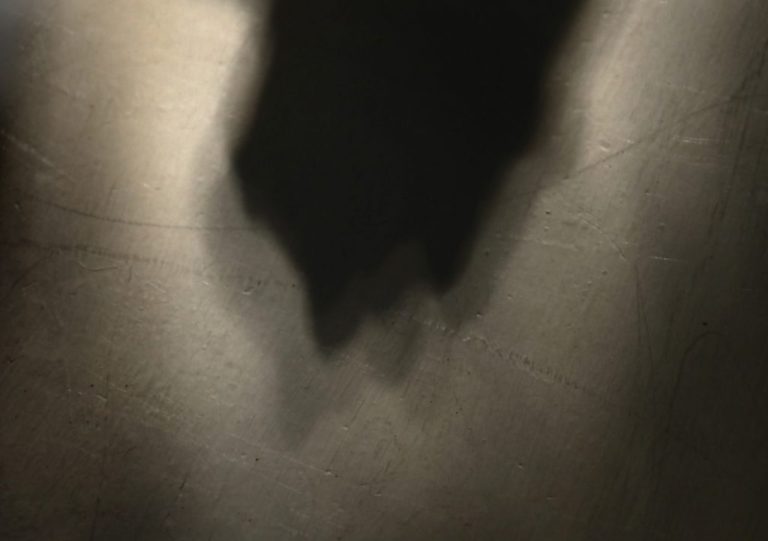
I have never done something like this before. I am finding it a challenge but not because I lack the skills of drawing, composing, digital or manual. It is more a case of sequencing and seeing how detail fits with the overall. This might appear to me a matter of applying what I do in other domains to this, the graphic narrative or comic. However, the applicable principles are to be used in a completely different context; one in which the single image does not stand alone but is seen as part of a much larger narrative in images. In addition, the attention of the viewer has to be maintained throughout the process of sequential page turning: rhythm, sequencing (how one images corresponds to subsequent images), pacing of the script and consistency of vision are all part of the process. In short, it is about working with a carefully crafted script. Something I am going to have to do when working on the multiple screen video performance. So this is a way of introducing that process.
Probably the way for me to break down what I have done is to look at the first page and see how the problems presented have necessitated shifts in how I view the overall work. The interesting part of the process is how the initial vision, feeling, has had to be changed in order to convey a more compelling narrative through visual means.
I was fixated with a particular ‘look’, a simplicity that quite frankly was getting somewhat boring. I tried to reduce detail to focus on the narrative but found that this had the opposite effect. It is the detail surrounding the central character that conveys the story, after all, there is only so much that can be done with a single creature in a barren landscape. So what I have done is spend a while looking at the great many solutions that others have used for both comics and graphic novels. This has helped me in seeing how I could do something more affective.
So what have I done? The following is a list of the changes that I have sketched out in my mind and tried out, not shown above:
- Change the geographical transitions to convey a sense of the psychological journey of the creature. I had maintained this constant with the result of convey nothing more than repetitive monotony. Although this was the initial intention, it did not seem to hold the attention or even convey the meaning I was hoping to impart. I worked with process but there came a point where an intervention to change direction was needed to increase the affectiveness of what I was doing.
- Introduced minor characters which heighten the creature’s isolation much as a lost person would feel in a forest full of unfamiliar animals and plants. This also personalises the character with the viewer creating a conversation between parties. This is a more intuitive direction, after all, most people’s experience is not that of living alone on the Moon or Mars.
- Not repeating stances and views, keeping the pace of the storyline going while relating each vignette to the others. This can be done using colour, line, composition and tone as well as the particular characterisation of a given scene. The direction of sight needs to move in a sequential narrative and lines of tension, repetition, reflection and so on, are all devices that can be used to achieve this visual journey.
- Most importantly, elaborate the script so it includes details that help create interest in and engagement with the character and its story. The script, to my surprise, is perhaps the most important thing. It does not have to be about speech, it is also description of the scene, emotions, details, incidental action, time, season, terrain. All these are important to compose in an abstract sense so that the drawing phase is not always starting from the beginning when an impasse is encountered.
- Work with what I am familiar. This is important in creating a believable situation and characterisation. It is much easier to work with elements of which I have experience rather than trying to set events in locations that I cannot relate to. For this reason I have chosen the Venezuelan savanna, land of tebuys and Conan Doyle’s Lost World. An appropriate setting for the story that unfolds.
But what is this narrative about? I have been thinking if it was about loneliness, or perhaps the dark side of companionship; about a search or about the indomitable spirit of survival. In the light of what I have been exploring in the past few day there is something else, the emergence of predation, not in the sense of a literal figuration of the strategy filling an ecological niche. It is more of a metaphorical account. If examined carefully, again it is not so much about predation but competition, territoriality or even status. There are multiple inferences in the storyline, that is the point of it, ambiguity, and the ambivalence of what is loneliness and what is solitude. There are also technical elements which are can be worked out in the process. One thing I have found though, although I have spent some time on the project, I am amazed at how little work I have actually done. I can see that I need to do much more ground work. But now I am clearer as to what is needed, I can move on at a more productive and energised pace. What relation does this have to the main project proposal? Everything is still up in the air but there is a strong correspondence with other elements I am working with, metamorphosis, culture and the deep past as a counterpart to the contemporary.




